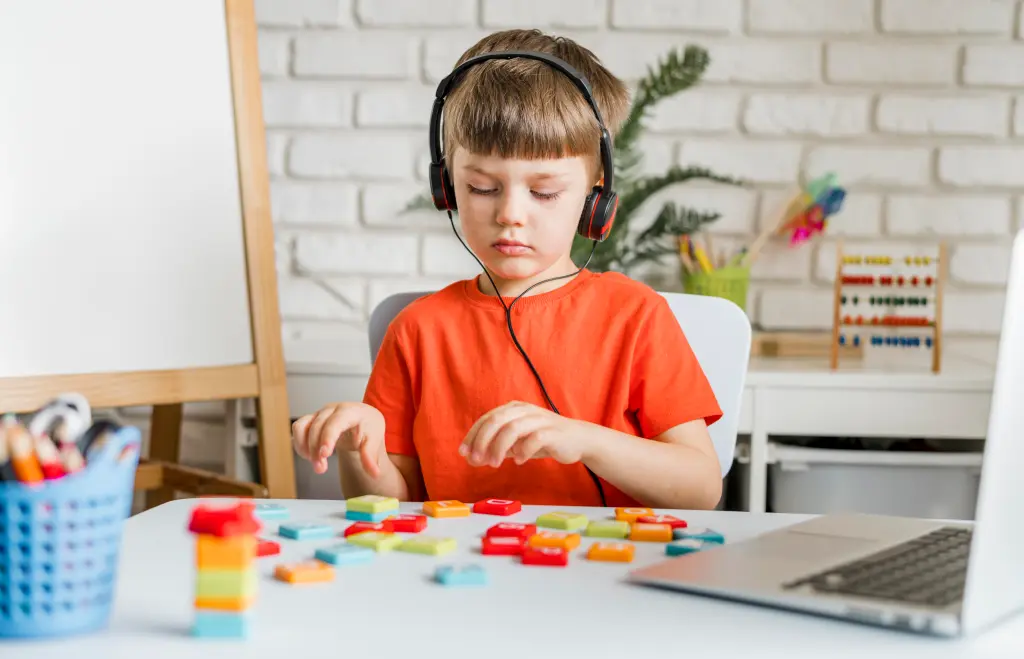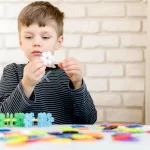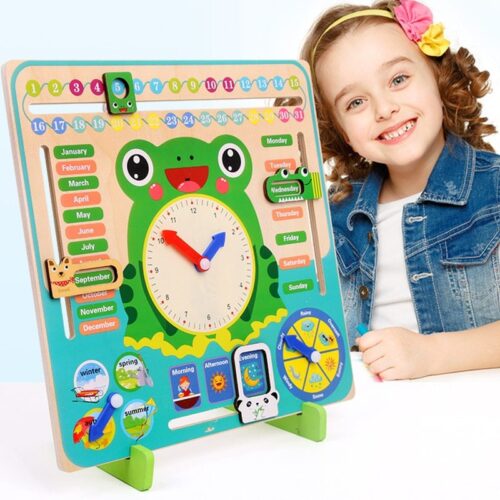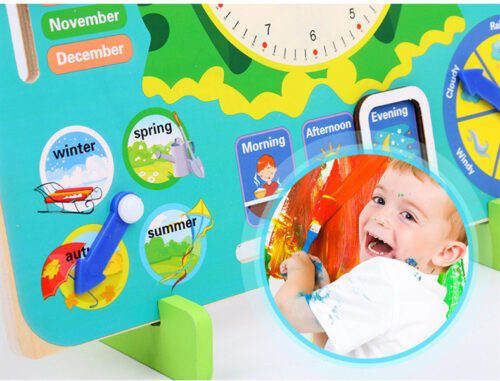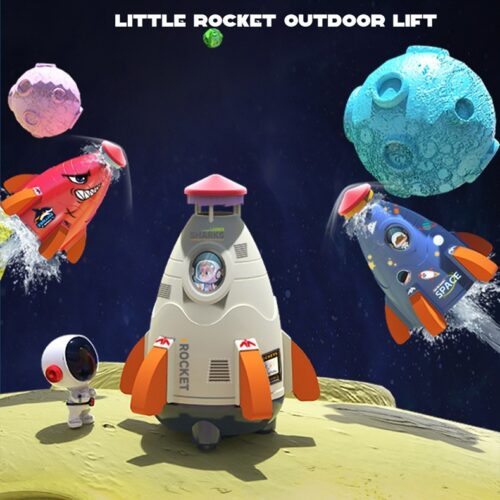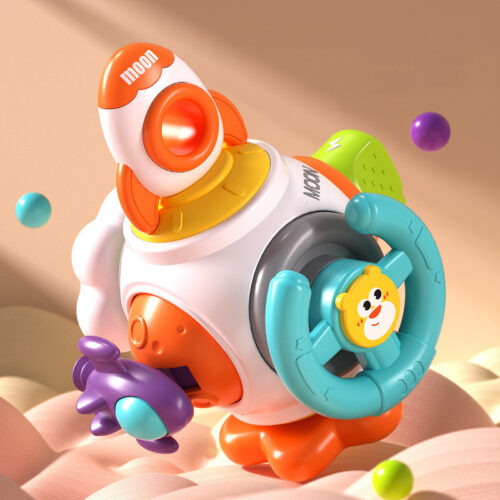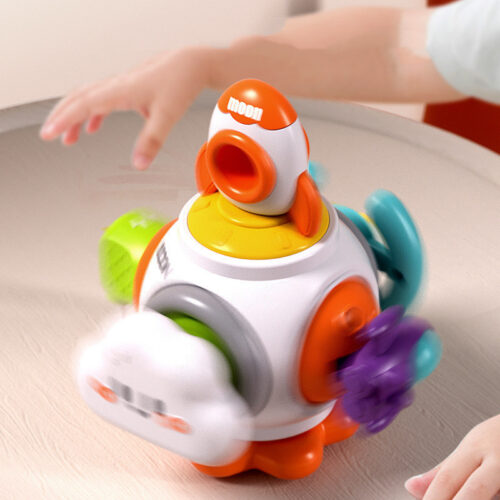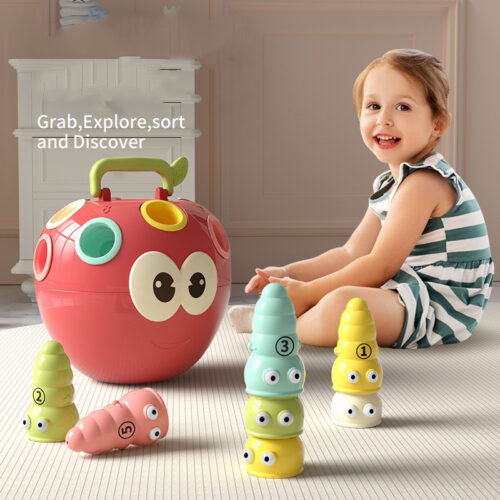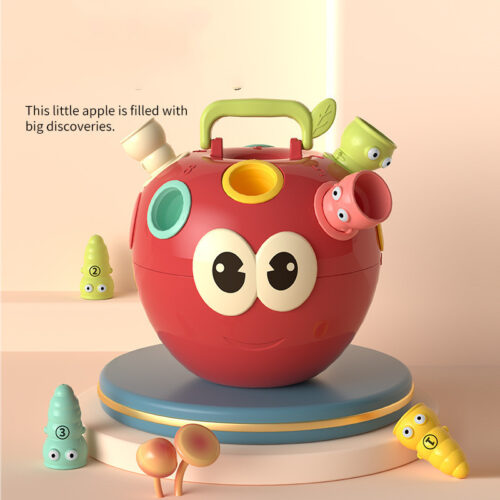Children on the autism spectrum often experience the world differently, with unique sensory sensitivities, learning styles, and interests. The Montessori educational approach, with its emphasis on self-directed learning, hands-on experiences, and predictable environments, offers particularly valuable benefits for autistic children. Montessori toys—designed with clear purposes, logical progressions, and sensory-friendly materials—can provide meaningful support for these children’s development.
Why Montessori Works Well for Many Autistic Children
Before exploring specific toys, it’s important to understand why Montessori principles align well with many autistic children’s needs:
Predictability and Order
Many autistic children thrive on routine and predictability. Montessori environments and materials provide:
- Clear organization and defined places for materials
- Logical sequences and predictable outcomes
- Visual clarity without excessive stimulation
Independence and Agency
Autistic children, like all children, benefit from opportunities to exercise control and independence:
- Self-correcting materials allow for independent learning
- Freedom to choose activities based on interest
- Ability to work at their own pace without pressure
Concrete to Abstract Learning
Many autistic children excel with concrete, visual learning before abstract concepts:
- Montessori materials make abstract concepts tangible
- Visual and tactile representations build understanding
- Step-by-step progression supports conceptual development
Sensory-Friendly Design
With thoughtful selection, Montessori materials can accommodate sensory sensitivities:
- Natural materials with pleasant textures
- Minimal visual clutter
- Purposeful rather than overwhelming sensory input
Best Montessori-Inspired Toys for Autistic Children
For Sensory Regulation
Sensory regulation is often a priority for autistic children. These Montessori-aligned materials can help:
Sensory Bottles
Why they work: Provide visual stimulation in a contained, predictable way Benefits:
- Calming visual focus during overwhelm
- Predictable movement patterns
- Can be customized to preferred visual interests
Tactile Boards or Books
Why they work: Offer controlled tactile exploration Benefits:
- Safe exploration of different textures
- Defined boundaries for sensory input
- Development of tactile discrimination
Sand or Rice Trays
Why they work: Combine sensory input with learning opportunities Benefits:
- Soothing repetitive movements
- Opportunity for letter formation or pattern making
- Contained sensory experience
For Fine Motor Development
Many autistic children benefit from activities that develop fine motor skills and hand-eye coordination:
Practical Life Activities
Why they work: Combine meaningful work with motor development Benefits:
- Pouring activities develop controlled movements
- Transferring exercises with tweezers build precision
- Buttoning frames develop dressing skills
- Clear beginning, process, and completion
Object Permanence Box
Why they work: Predictable cause and effect with satisfying sensory feedback Benefits:
- Visual tracking of objects
- Understanding of cause and effect
- Satisfying repetition
Lock Boards
Why they work: Multiple fine motor challenges with immediate feedback Benefits:
- Problem-solving with clear outcomes
- Fine motor manipulation of different mechanisms
- Satisfying sensory feedback when locks open
For Cognitive Development
These materials support cognitive development while respecting sensory needs:
The Pink Tower
Why they work: Visual discrimination and motor planning in a defined activity Benefits:
- Clear visual differences between pieces
- Logical sequence from largest to smallest
- Satisfying completion when properly built
Color Tablets
Why they work: Isolated focus on color differentiation Benefits:
- Gradual progression from basic to subtle color discrimination
- Clear matching activities with defined outcomes
- No extraneous visual details
Number Rods
Why they work: Concrete representation of numerical concepts Benefits:
- Visual and tactile representation of quantity
- Clear progression of size
- Numbers made tangible and logical
For Communication Development
Supporting communication through visual and tactile means:
Nomenclature Cards
Why they work: Connect objects with images and words Benefits:
- Visual representation paired with language
- Categorization skills
- Can be customized to special interests
Sound Cylinders
Why they work: Focus auditory discrimination without visual distraction Benefits:
- Isolated auditory input
- Matching activity with clear completion
- Controlled sound volume
For Social-Emotional Development
Materials that support emotional understanding and expression:
Emotion Cards and Mirrors
Why they work: Make abstract emotions concrete through visual representation Benefits:
- Visual guides to facial expressions
- Opportunity to practice expressions
- Building emotional vocabulary
Turn-Taking Games with Clear Rules
Why they work: Structured social interaction with predictable patterns Benefits:
- Clear expectations for social exchange
- Defined beginning and end
- Predictable patterns of interaction
Creating a Montessori-Inspired Space for Autistic Children
The environment itself plays a crucial role in how effectively children engage with materials:
Physical Setup Recommendations
- Low, open shelving with clearly defined spaces for each material
- Neutral colors on walls and furniture to reduce visual stimulation
- Natural lighting when possible, avoiding fluorescent lights
- Defined activity spaces with clear boundaries
- Reduction of background noise where possible
- Visual schedules showing daily routines and activity options
Adaptation Strategies
Each autistic child has unique needs. Consider these adaptations:
- Start with fewer choices if choice seems overwhelming
- Provide visual guides showing how to use materials
- Respect need for repetition even beyond typical expectations
- Allow for special interests to be incorporated into Montessori activities
- Create a sensory retreat space nearby for regulation when needed
Supporting Guided Exploration
While Montessori emphasizes independence, many autistic children benefit from some guided interaction:
Presentation Techniques
- Slow, deliberate movements when demonstrating materials
- Limited verbal instruction focusing on essential language
- Side-by-side positioning rather than face-to-face
- Respect for processing time before expecting interaction
- Following the child’s lead regarding interest and engagement duration
Selecting the Right Materials
When choosing Montessori toys for an autistic child, consider:
Sensory Preferences
- Does the child seek or avoid certain textures?
- Are there visual preferences (color, pattern, complexity)?
- Is auditory sensitivity a consideration?
Current Developmental Focus
- What skills is the child currently developing?
- What activities generate natural interest?
- Where might support be most beneficial?
Special Interests
- How can special interests be incorporated respectfully?
- Can interests provide motivation for new skill development?
Success Stories and Observations
Parents and educators often note specific benefits when autistic children engage with Montessori materials:
“The predictable nature of the pouring activities helped my son develop incredible concentration. He started with simple water pouring, then graduated to transferring beans with spoons, and now uses tweezers for smaller objects. His fine motor skills have improved dramatically.” – Parent of a 6-year-old
“Our daughter was initially overwhelmed by too many choices. We started with just three activities on her shelf, and now she confidently navigates a full Montessori shelf, choosing work that interests her and returning materials to their places.” – Parent of a 4-year-old
“The concrete nature of Montessori math materials made concepts click for my student who struggled with abstract numerical relationships. Seeing and touching the quantities made all the difference.” – Montessori educator
Conclusion: Respecting Individual Paths
Dr. Maria Montessori’s famous quote—”Follow the child”—is particularly relevant for autistic children. By carefully observing interests, sensory needs, and developmental readiness, parents and educators can select Montessori materials that provide just the right amount of challenge and support.
The beauty of the Montessori approach for autistic children lies in its respect for individual development, its emphasis on concrete learning experiences, and its creation of predictable, ordered environments where children can develop at their own pace. When thoughtfully implemented with attention to sensory needs and individual differences, Montessori toys and approaches can provide valuable support for autistic children’s development across all domains.
Remember that each autistic child is unique. What works beautifully for one may not interest another. The key is observation, respect, and willingness to follow your child’s lead while providing materials that offer appropriate developmental opportunities.
Discover the power of purposeful play through Montessori materials, and watch as your unique child engages, explores, and grows in their own remarkable way.



